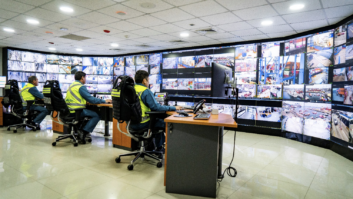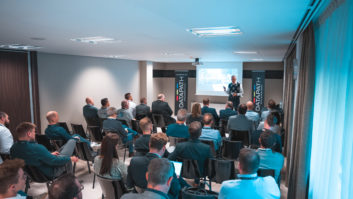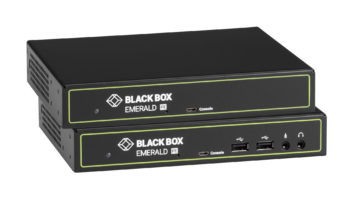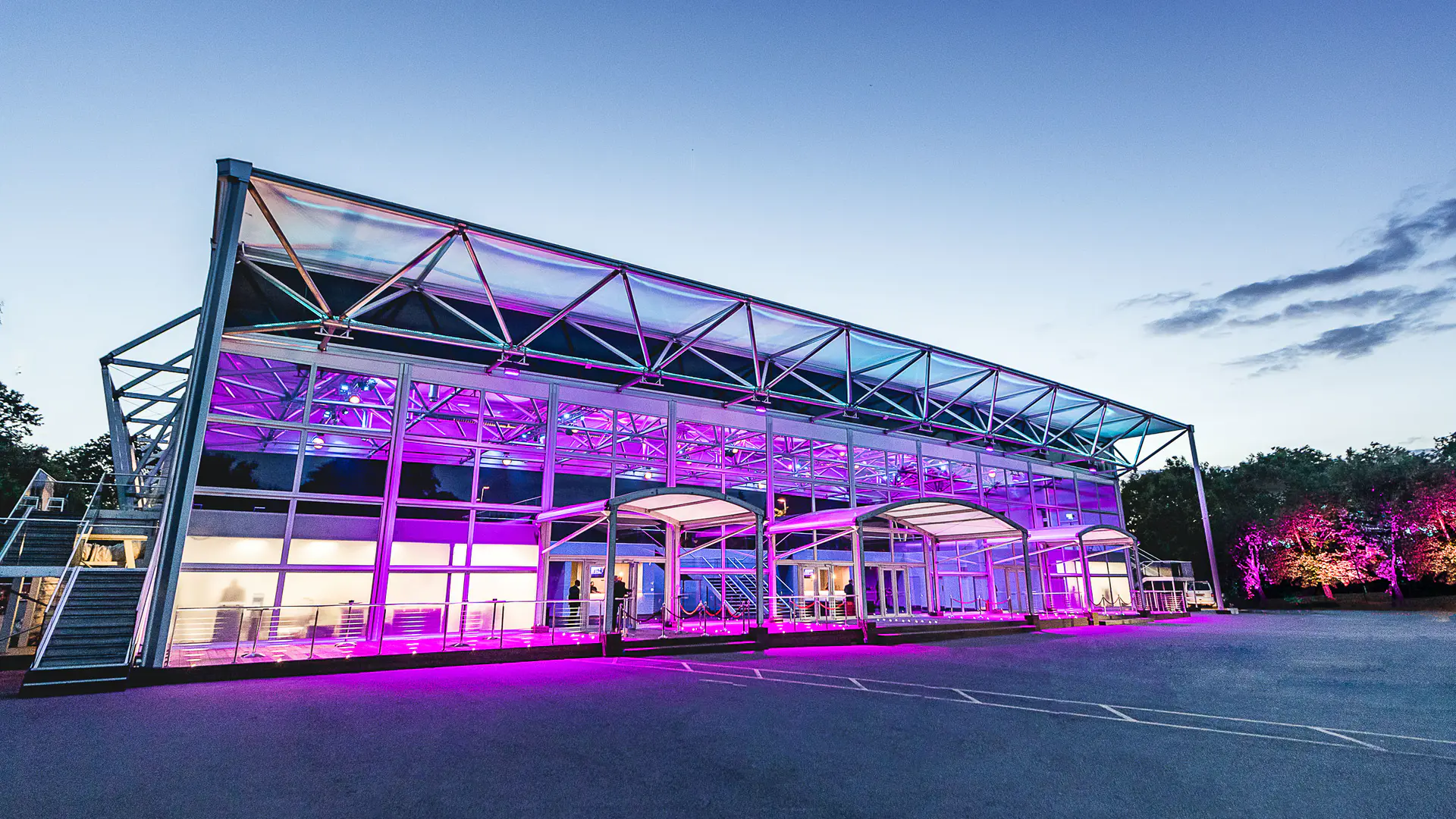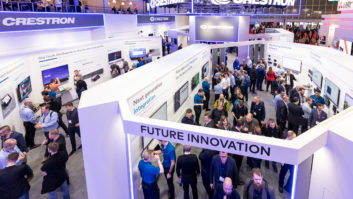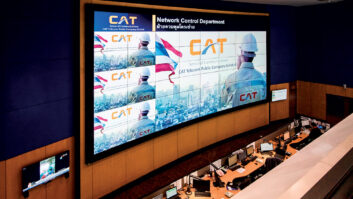
KVM technology is powering greater accuracy and improved working practices across a wide range of industries, from broadcast to manufacturing. For many business-critical situations, whether that’s a broadcast studio, an air traffic control room or a process automation plant, KVM connectivity provides instant access to essential information, when, where and how they need it.
For those with high-security requirements, KVM keeps sensitive data in secure server rooms far from the user environment. KVM technology is a covert hero – it may not be the centre of attention like the IoT or AI, but it is driving the best in business from behind the scenes.
The use cases for KVM are clear, but for companies on the verge of first implementation, there can be a lot to learn about achieving their goals. First there’s the question of KVM vs virtualised desktops, then direct connect vs IP, then lossless vs visually lossless – and that’s before you begin to consider the physical footprint, where you’re going to install your new infrastructure, how many units you need to accommodate, how many users you have and how your needs are likely to grow.
In other words, a need for KVM doesn’t instantly translate into an implementation plan. Introducing KVM means bringing multiple business units together – from IT and engineering to operations, not to mention finance – and balancing all their requirements. KVM should be a value-generator, helping your company work smarter, but if you don’t work with the right technology partner to plan ahead for implementation, you risk getting stuck in the bureaucratic weeds.
“If you don’t work with the right technology partner to plan ahead for implementation, you risk getting stuck in the bureaucratic weeds”
What KVM can deliver for business
To begin with, it’s worth outlining the key benefits of KVM, particularly compared to virtual solutions. There is a tendency to confuse use cases where KVM matrices would be the right choice with those where a cloud-based solution like a virtualised desktop could work. In a nutshell, KVM gives you direct, real-time and out-of-band access to the machine with which you need to work. It doesn’t transfer your data wholesale to a middleman location which you have to access remotely – like a virtualised desktop, which operates on a dedicated cloud infrastructure. Instead, it delivers the output of your graphics card, peripheral connectivity and audio to and from your location without loss of quality. KVM isn’t an emulation – it gives you the actual machine you need, when you need it.
That means the only data being transmitted is visual (for your screen) and indicative (for keyboard and mouse). As a result, the user experience is uninhibited – it feels like the computer is right there under your desk and you can switch between multiple different computers in under a second. In contrast, switching between virtualised desktops can take minutes and when the connection is established it can often feel slow or visually compressed – that is because they have been engineered to be lightweight, utilising little bandwidth and running on devices that are low powered. These sound like benefits and they often are until you are a user frustrated by the experience you get with these types of technology.
All of that adds up to mean that KVM is the right choice when delays, lag and buffering are unacceptable. Whether you are guiding planes on and off the tarmac, managing a live broadcast production or working in a process automation plant, you can’t afford delays that impact the quality of your work, the speed of your decisions and the safety of people.
Planning ahead pays dividends
While the fundamentals of KVM are instant switching and an ‘at-the-PC experience’, it’s fair to say that there are many other considerations to be made when selecting technology. Any KVM installation should be preceded by a thorough planning stage, working with a strategic tech partner that understands your organisation to analyse your needs and how KVM should be introduced to best effect.
The first question in that process should centre on your strategic business objectives and begin to focus very early on the needs of the users – those using KVM to execute their role, the administrators responsible for managing or supporting the KVM system and those responsible for installing the KVM.
While KVM extenders and switches are often built on direct-connect technology, customers requiring more complex KVM systems with many computers and many users are benefiting greatly from IP-based solutions.
Deployments based on an IP infrastructure are more flexible. They give the customer and their integration partner the opportunity to design a network that supports today’s needs while also enabling them to scale the system up over many years without major investment, drastically reducing the total cost of ownership. When you consider that IP systems utilise commoditised network switch hardware rather than bespoke switches, will require less infrastructure cabling, and won’t need scheduled downtime to upgrade, it’s easy to see how costs are reduced and your return on investment is boosted. And that’s all before we’ve considered the practicalities and product features.
Practical steps
The best way forward from there will depend on the use case. For a nuclear power plant, for example, security will be top of mind. The KVM infrastructure will need to tie in with on-site security requirements, and IP units will need to be isolated from any public internet access to avoid unwitting leaks. IP KVM solutions can also be used to consolidate a secure server room, ensuring there is always a physical barrier between the user and data to reduce the threat of internal and external breaches. If the machine is in a safe room, there’s no chance for a would-be leaker to gain access to network ports, hard drives and USB ports. Only authorised personnel can gain access.
For a control room scenario, image quality is essential for human factors. In a world where operators spend much of their day staring at data, charts, diagrams and CCTV, it’s absolutely critical they can distinguish one colour from another and read text without straining their eyes.
The bottom line is that it’s essential to work with a KVM partner who can grow as you grow, helping you work through new questions as they arise in the best way for your business.
Faced with these choices, the key to success is planning. Consider how your KVM is going to impact your productivity today and over the coming years – think specifically about the costs of updates, change and growth which all affect us no matter whether we plan for them or not. Above all, don’t treat your KVM provider as just a supplier – find a company that can work alongside you to create a deployment that supports your critical business needs and grows with you as your company evolves.
Jamie Adkin is VP EMEA at Adder Technology
